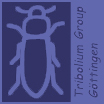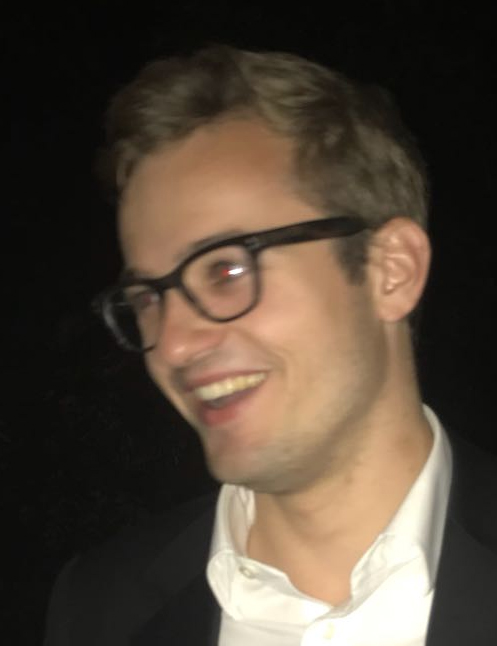 |
Georg Bullinger was interested in elucidating similarities and differences of genetic neural lineages between fly and beetle He was applying genome editing to mark cells expressing a homologous transcription factor and found intriguing divergences of the rxgenetic neural lineage. |
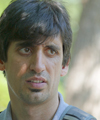 |
Dr. Salim Hakeemi has developed a tool for local restriction of the RNAi effect and worked on the role of signaling pathways on head development. He continued working as postdoc in the US. |
 |
Dr. Jürgen Dönitz has been responsible for development of the iBeetle-Base. His scientific interest is the implementation of morphological and phenotypic ontologies and related tools in order to foster the sematic web. He is now group leader in the department of medical statistics. |
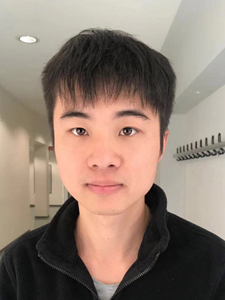 |
Xuebin Wan was a fellow of the Chinese Science Foundation and mined the iBeetle screen for novel patterning genes. |
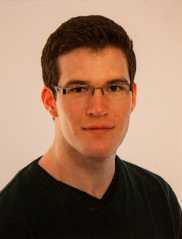 |
Max Farnworth studied brain evolution by using the central complex as model system. He used CRISPR/Cas9 mediated genome editing to mark homologous genetic neural lineages in Tribolium and Drosophila and found the first instance of sequence heterochrony in brain development. He is continuing his career based on independent DFG funding in the Montgomery lab in Bristol, UK. |
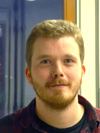 |
Felix Kaufholz applied genetic tools to temporally restrict RNAi. He showed that the segmentation clock can be re-initiated after breakdown when rescuing pair rule gene expression. He is now working in quality control of a company. |
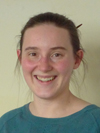 |
Sonja Lindner worked on application of RNAi to pest control. She continued working as scientist at Bayer Crop Science, Monheim. |
 |
Dr. Daniela Grossmann has been leading the iBeetle screening team and contributed to the development of the iBeetle-Base and the morphological ontology TrOn. Now, she is project manager in the medical bioinformatics department. |
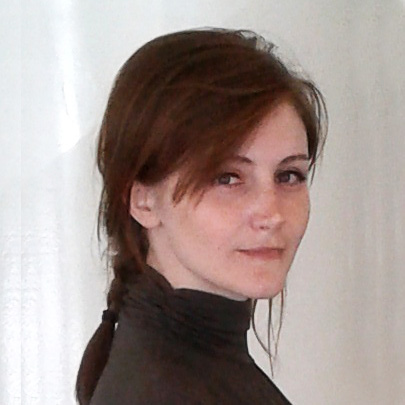 |
Dr. Julia Ulrich has identified lethal genes for use in control of insect pest species. Furthermore, she has developed a tool for restricting RNAi to certain tissues in Tribolium. She continued working at Bayer Crop Science. |
 |
Bicheng He was a fellow of the Chinese Science Foundation and had studied the role of Tc-foxQ2 in neural development in Tribolium. |
 |
Salim Ansari (until 2018) joined our large scale RNAi screen in order to identify and study new regulators of head development. He revealed details of Tribolium axis formation, which turns out to be profoundly different from Drosophila. He is continuing research as postdoc at the University Medical Faculty (UMG). |
 |
Yong Gang (until 2017) was fellow of the Chinese Science Foundation and has worked on how morphological novelties arise during metamorphosis. He continued as postdoc in Armin Mozcek´s lab, USA. |
 |
Dr. Peter Kitzmann (until 2017) has studied the function of FoxQ2 in head development and established the most comprehensive gene regulatory network of insect head development. He has established tools for in vivo imaging and non-invasive fate mapping. Finally, he found that RNAi effects can be strain specific. He is now working in a consulting company. |
 |
Dr. Janna Siemanowski (until 2017) has been studying genes identified in the iBeetle project as affecting head development. She has been focusing on genes that are required for labrum formation. Now, she contributes to the analysis of the iBeetle screen. |
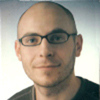 |
Dr. Georg Oberhofer (until 2014) analyzed Wnt and Hh target genes in head and growth zone of Tribolium. Further, he identified and studied a cool stripe splitting event that leads to antennal parasegment boundary formation. |
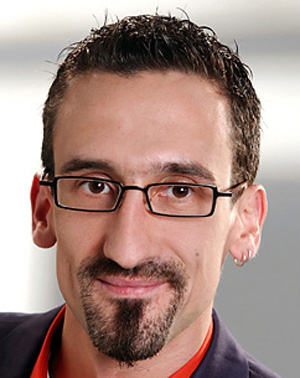 |
Dr. Christian Schmitt-Engel (until 2012) has developed the iBeetle screening procedure, and managed the project. Further, he was involved in developing the iBeetle-Base. |
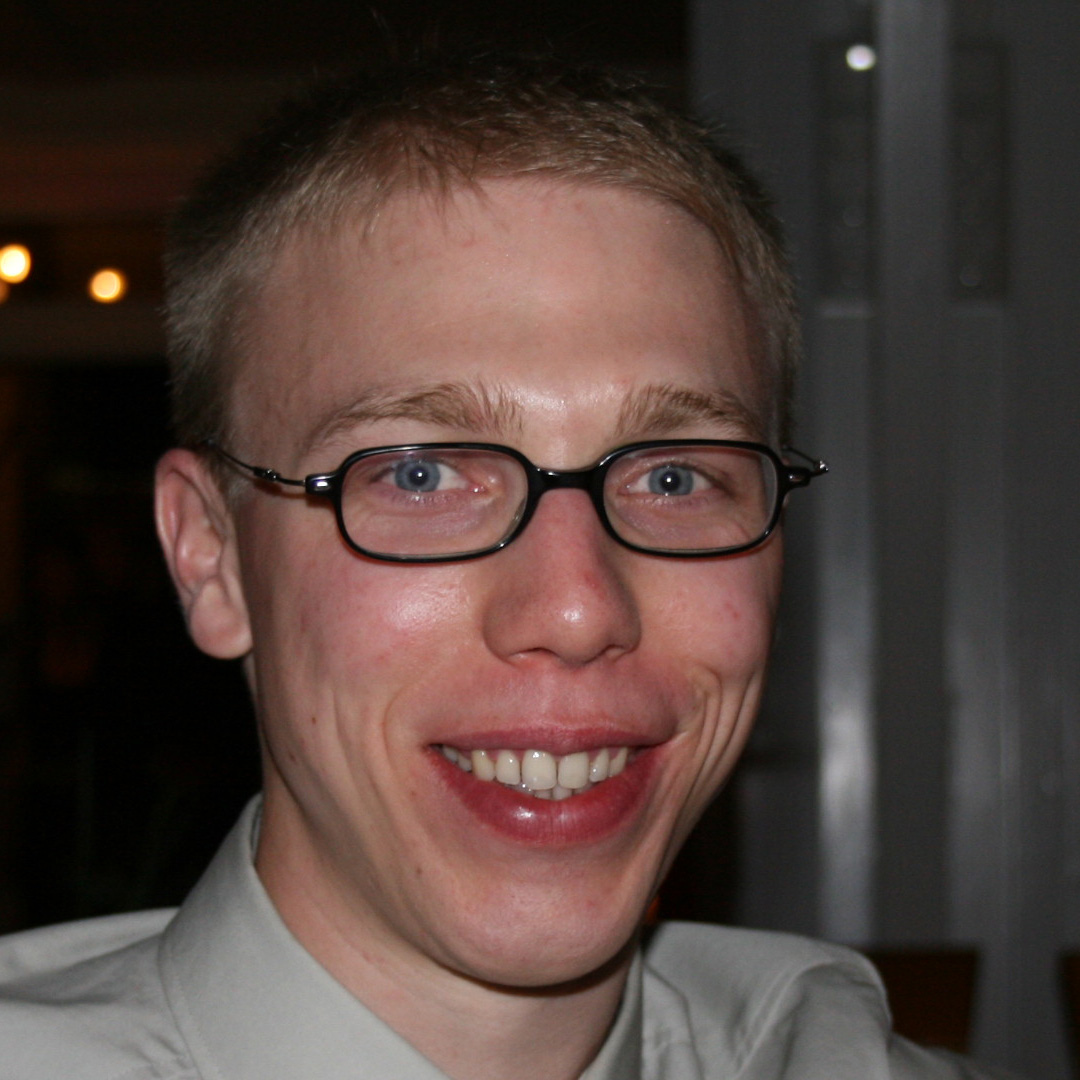 |
Dr. Sebastian Kittelman (until 2012) has characterized an enigmatic tissue at the anterior median portion of the head that we have called anterior median tissue (AMT). He identified some interesting differences in anterior terminal patterning. |
 |
Dr. Nikolaus Koniszewski (until 2011) has established Tribolium as model for embryonic central complex development and has identified several novel genes required for its formation. |
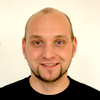 |
Dr. Nico Posnien (until 2010) has performed a groundbreaking RNAi screen to identify genes required for head development. He found that many genes known to be involved in vertebrate neural plate patterning do also have specific expression and function in the insect head. |
 |
Johannes Schinko (until 2010) has established many crucial transgenic techniques in Tribolium, including the Gal4/UAS and the heatshock mediated misexpression and Cre/Lox recombination systems. Further, he analyzed the head gap gene orthologs.
|

